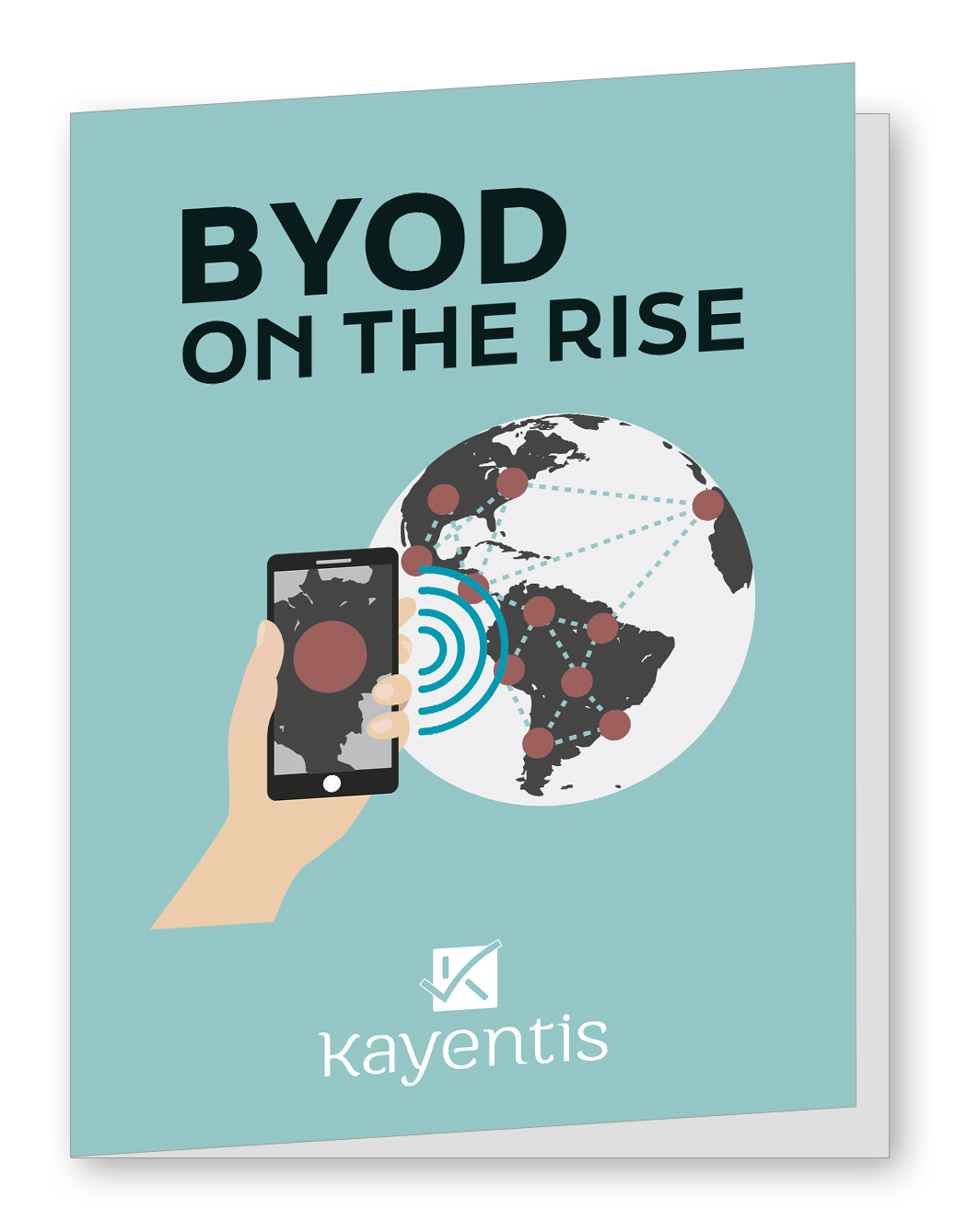Bring Your Own Device (BYOD) approaches have been increasingly adopted in recent years, and the multiple advantages they bring to clinical trials stakeholders are no longer in doubt. Having understood the flexibility and agility that these approaches bring for the study participants, sponsor clinical teams regularly incorporate BYOD options in their clinical trial protocols, and benefit from a regulatory framework that now exists. Whilst patients have expressed adherence to and sometimes a preference for using their own smartphone to collect clinical trials data, clinical sites do not seem to always opt for a fully BYOD solution and tend to default to the provisioned device that comes with the BYOD option in hybrid approaches. Do sites need more support regarding the implementation of the BYOD option in their clinical trials? Are they not convinced of the benefits that this approach brings for their patients?
Understanding why study sites are the least convinced clinical trial stakeholder of the benefits of BYOD
- Old habits die hard: Sites have been using provisioned devices for years and are not necessarily thinking that BYOD could be an option as they start a new study. Sites often run several studies at the same time which may generate confusion between studies having and not having a BYOD option, leading to the understandable temptation to make it simpler and default to the provisioned device.
- Fear of increased burden: Sites usually have experience of dealing with various systems, many of which have caused issues. The use of multiple systems at the same time has been described as generating real pain, and this experience has led to a fear that introducing BYOD will only add to the complexity and burden of managing multiple systems within a study.
- Misinformation on risks: Sites are not well informed about BYOD and the associated risks or lack thereof. They might overestimate the potential data privacy and security risks, as well as the operational risks, leading to a reluctance to adopt this approach.
- Concerns about patient acceptance: Sites may worry that their patients will not be receptive to using their own devices, especially for older populations. This concern is valid, especially if sites have not been updated on the evolving expectations and preferences of patients since the COVID-19 pandemic.
- Doubt in helpdesk support: There is a fear that the helpdesk will not be able to provide adequate support for BYOD considering the multiple smartphone models that co-exist. If site staff are not trained or informed about how the helpdesk can assist with individual issues related to patients’ own devices, this concern becomes more pronounced.
These concerns are legitimate. eCOA service providers have the responsibility to take them into account and to propose solutions to help site staff navigate these misconceptions and better understand the potential of these solutions for them, their patients, and the success of the clinical trial.
Empowering clinical site staff to adopt BYOD strategy more broadly
- Simplify the solution: Develop a user-friendly solution. It may sound obvious, but the BYOD app should easily be available to both sites and study participants, with minimal effort required to connect and complete their questionnaires and eDiaries. The goal is to create a seamless, burden-free experience, otherwise the whole value of BYOD is lost.
- Demonstrate ease of use: Conduct quick demonstrations of the solution to show that it does not add any extra burden. Provide specific educational materials and customized training sessions as needed to reassure site staff. These demonstrations can be done during Site Initiation Visits (SIV) or at appropriate monitoring visits. Additionally, prepare supportive materials such as small guides or leaflets that describe how to connect in just a few steps, making the BYOD solution easily accessible to every site.
- Educate on security: Offer education and training on the security aspects of BYOD, emphasizing that no personal data are collected or stored. Reassure site staff that BYOD is a secure option.
- Provide reassurance of support: Ensure that site staff know that if any changes in the situation arise, such as patients changing their minds or breaking their phones, they can switch to a provisioned device. These devices will always be available to cover such situations. Also, since data are collected through an app that is independent of the patient’s device, the same helpdesk services can be accessed through a link that can be made available on the front screen of the app and in the supportive documents.
- Share patient preferences: Inform sites about patients’ preferences, as they might not always have time to review the relevant literature or surveys. Remind them that patients are now more open to and expect the option of BYOD. While flexibility is key, it’s important to understand that reverting to a provisioned device will always be possible if needed.
Engaging with site staff is key. eCOA providers and study sponsor teams must listen to site staff to understand their questions and concerns, and provide concrete, tangible answers. It’s crucial to address the reluctance of site staff to adopt a BYOD strategy and to involve them in the process. In this way, it will be possible for BYOD adoption to reach its full potential, ultimately leading to more flexible and patient centric clinical trials.
Want more insights?
BYOD on the rise
Has the full potential of BYOD been realized? This white paper examines how using patients’ own smartphones is reshaping clinical trials—and what’s needed to take adoption even further.








